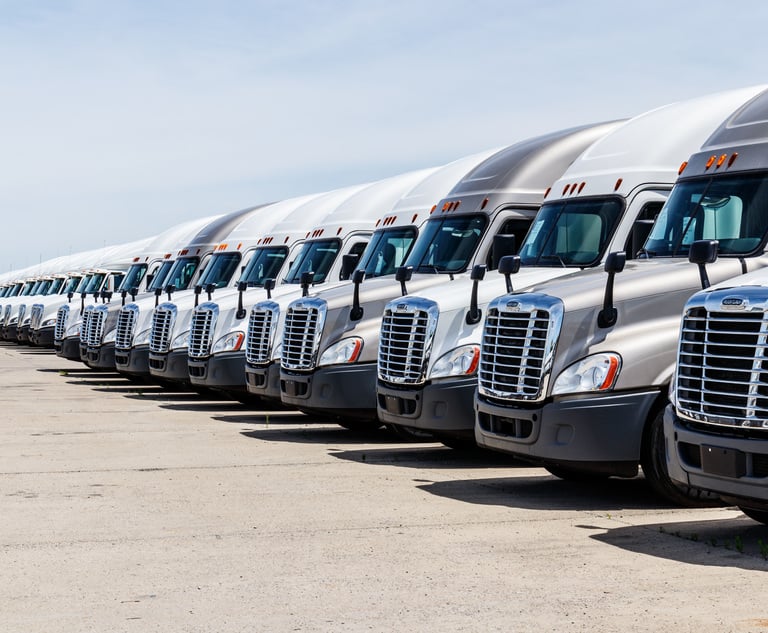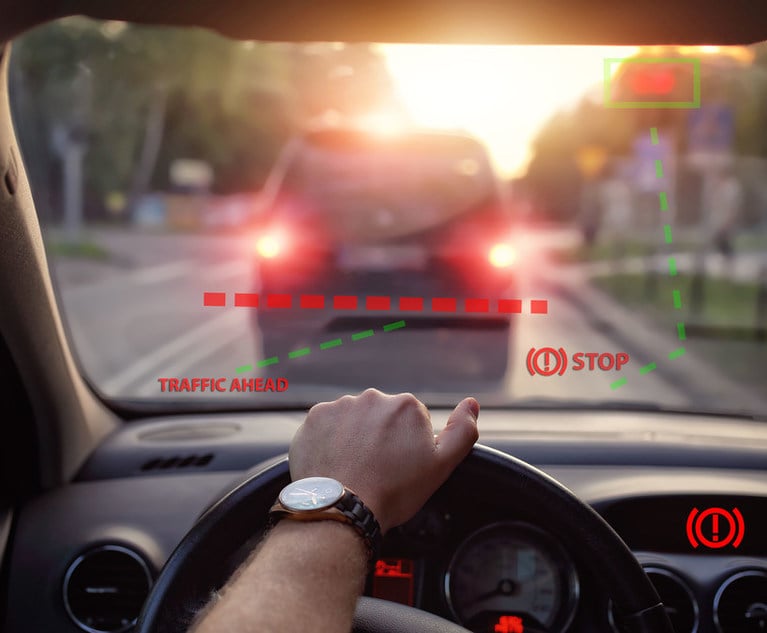At the recent ACE conference, Katie Peet, social media directorfor State Auto Insurance Companies, discussed how social media hasgrown over the past year, the public's expectations of how it willbe used, and why it's vital to reaching insureds.
|According to the Red Cross, 76% of people turn to social mediaduring a disaster. They use it to connect with others they careabout and to get information.
|Peet said that 20% of Americans will be active on Twitter in thenext year and that number is expected to grow. During a disaster,24% use social media to let people know they are safe; 37% use itto find supplies, shelter or survival resources; and 44% of peopleuse social media to ask their friends to contact responders forhelp.
|Interestingly, 80% of survivors of a major event expect to beheard on social media, anticipating that emergency agencies willmonitor and respond there. Older residents actually expect agenciesto monitor social media even more than their youngercounterparts.
|For the people who get their information from social mediaduring a crisis, Facebook is the number one outlet with 18% ofusers receiving emergency information from it.
|What makes social media so popular during a crisis? “Peopleshare their experiences on social media,” explained Peet. “Theywant to feel more connected in their worst moments, and they canget instant feedback.”
|Insurers are finding that they can use social media proactivelyto educate residents before an event occurs. Travelers uses it towarn residents before a hurricane with recommendations on how toprepare for the storm. Chubb also offers tips for protectingunoccupied homes during hurricane season. The Weather Channelspreads warnings over multiple channels when severe storms areheading to a specific part of the country.
|Another option is providing “just-in-time updates” to respond toa specific event and get residents the information they needimmediately. Social media can also be used to correctmisinformation such as reports of tornadoes or hail striking aparticular area. Insurers can use it to provide information fromthe front lines before, during and after a disaster.
|Launching your social media effort
|The best use of social media involves a concerted effort beyondjust the designated social media team. Definitely ask them whichsocial media outlets they use and monitor. Know what the plan is torespond for a disaster and especially for any complaints.
|If you're not used to being on social media, select one networkto begin with and use it to solve a problem, answer a question orfill a need. You can't use it if you don't understand how it works.Schedule about 15 minutes every few days to see what's out there.Use social media to get information and follow someone on Twitter.(You can basically search Twitter for any topic.) Twitter useshashtags to label topics such as #Joplin, #Moore or #Sandy formajor disasters.
|Be prepared to respond. Create standard answers to commonquestions and know what information to release when based oncustomer needs. Keeping the lines of communication open between theadjusters on the front line and the social media team will helpensure that accurate information gets out at the right time.
|Don't be afraid to use smaller weather events as a dry run forlarge catastrophes. It's a great way to see how the company needsto respond and to formulate a workable strategy. Be proactive andalways consider – what does our customer need to know?
Want to continue reading?
Become a Free PropertyCasualty360 Digital Reader
Your access to unlimited PropertyCasualty360 content isn’t changing.
Once you are an ALM digital member, you’ll receive:
- All PropertyCasualty360.com news coverage, best practices, and in-depth analysis.
- Educational webcasts, resources from industry leaders, and informative newsletters.
- Other award-winning websites including BenefitsPRO.com and ThinkAdvisor.com.
Already have an account? Sign In
© 2024 ALM Global, LLC, All Rights Reserved. Request academic re-use from www.copyright.com. All other uses, submit a request to [email protected]. For more information visit Asset & Logo Licensing.








